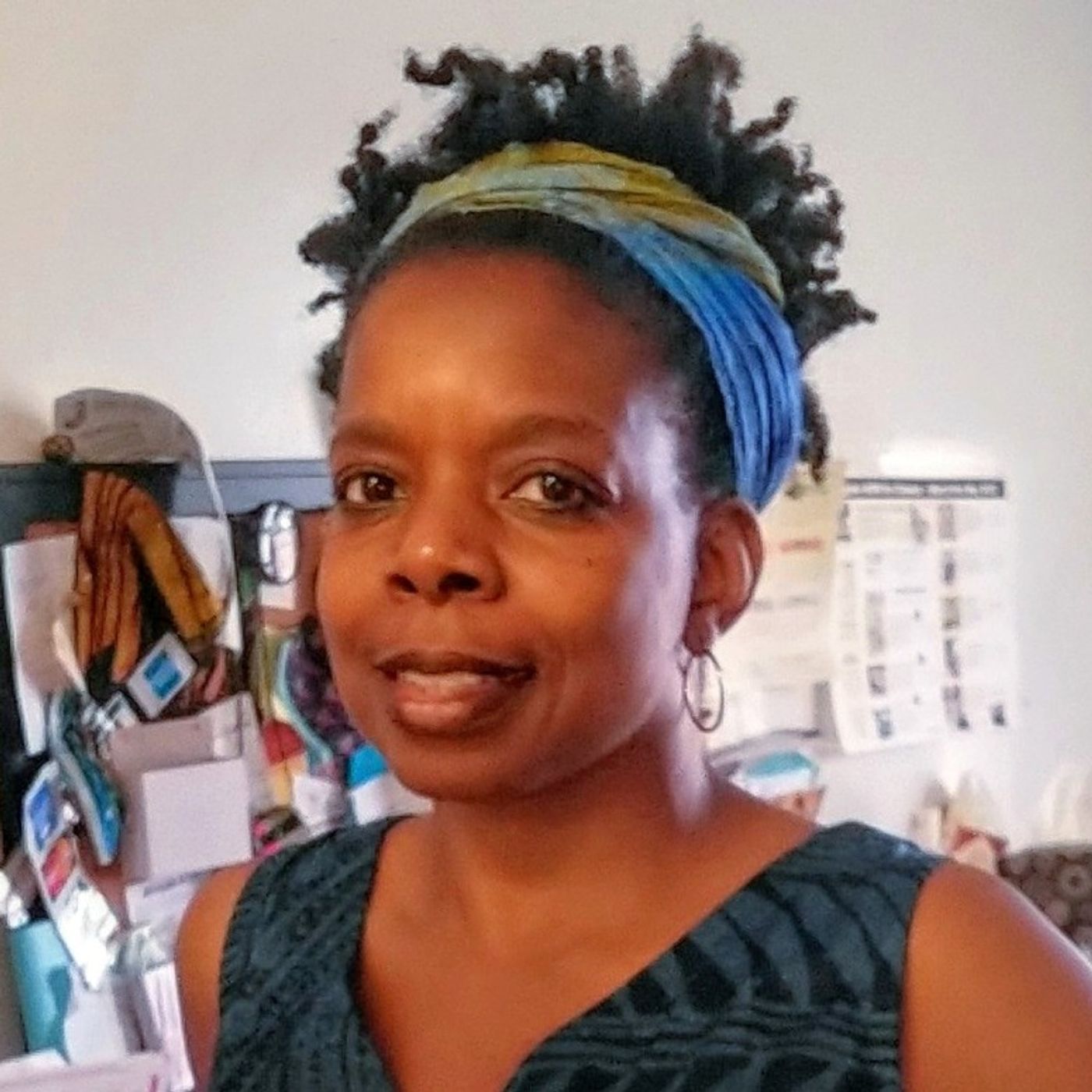Sign up for the Black Women Stitch quarterly newsletter!
Check out our merch here
Leave a BACKSTITCH message and tell us about your favorite episode.
Join the Black Women Stitch Patreon
Robyn Burgess
Robyn Burgess has been 6’2” since she was 13 years old and has always loved making every hallway and sidewalk her runway, but finding fashions that fit all of her proportions is a struggle. After recording her cooking journey on her food blog Runaway Apricot for over 7 years, Robyn decided to expand her love of learning by taking on the art of sewing. She began her fashion design and sewing journey in 2015 to build a wardrobe of quality garments that fit her inseam and show off her bold style, and in 2019 started Styles InSeams to record her sewing journey and share information with others in the #sewingtall struggle. Robyn is an organizer of NYC Frocktails, a cocktail party for sewists, has created a 5-class learning path on sewing skills for Skillshare, and is currently preparing to launch her new clothing line for tall women in summer 2023, Robyn Bandele.
Lisa Woolfork
Lisa Woolfork is an associate professor of English specializing in African American literature and culture. Her teaching and research explore Black women writers, Black identity, trauma theory, and American slavery. She is the founder of Black Women Stitch, the sewing group where Black lives matter. She is also the host/producer of Stitch Please, a weekly audio podcast that centers on Black women, girls, and femmes in sewing. In the summer of 2017, she actively resisted the white supremacist marches in her community, Charlottesville, Virginia. The city became a symbol of lethal resurging white supremacist violence. She remains active in a variety of university and community initiatives, including the Community Engaged Scholars program. She believes in the power of creative liberation.
Insights from this episode:
- How Robyn organized her learning path to improve her sewing skills on a shorter timeline
- Feeling comfortable in your body when it’s hard to find clothes that fit you, and learning what adjustments work for you
- Sewing for events and getting inspiration from photos of her grandparents’ wedding and the latest season of Bridgerton
- Developing a new clothing line specifically for tall women named after her aunt, Robyn Bandele
Quotes from the show:
- “It allows for your sewing to be more sustainable in the long run when you don’t find yourself having to re-do things.” – Lisa Woolfork, Stitch Please, Episode #49
- “People assume that fashion is for tall women because models are tall… I want to be able to make the clothes that we want to wear, which is not much different than what smaller or ‘normal-sized’ people wear.” – Robyn Burgess, Stitch Please, Episode #49
- “There’s been so much amazing conversation about the plus-size market and inclusivity for plus-size women, which absolutely is necessary, but tall women are left out of that conversation, I think, in part because height is seen as a privilege, and there isn’t much privilege to being an outsider. Regardless of where you sit on that outsiderly spectrum, being an outsider is not a privilege.” – Robyn Burgess, Stitch Please, Episode #49
- “Your vision of success may not look like what your family holds as successful, what your colleagues hold as successful, what your classmates hold as successful, and you don’t need to compare your success to anyone else. Come up with your own unique vision, and then chase that.” – Robyn Burgess, Stitch Please, Episode #49
Resources Mentioned:
- Robyn’s course on Skillshare
- Metro Textiles Fabric NYC
- NYC Frocktails
- Christopher Sartorial’s YouTube drafting tutorials
Stay Connected:
YouTube: Black Women Stitch
Instagram: Black Women Stitch
Facebook: Stitch Please Podcast
Lisa Woolfork
Instagram: Lisa Woolfork
Twitter: Lisa Woolfork
Robyn Burgess
Website: Styles InSeams
Instagram: Styles InSeams
Facebook: Styles InSeams
Pinterest: Styles InSeams
YouTube: Styles InSeams
Subscribe to our podcast + download each episode on Stitcher, Apple Podcasts, and Spotify.
This episode was produced and managed by Podcast Laundry.
Sign up for the Black Women Stitch quarterly newsletter
Check out our merch here
Leave a BACKSTITCH message and tell us about your favorite episode.
Join the Black Women Stitch Patreon
Check out our Amazon Store
Stay Connected:
YouTube: Black Women Stitch
Instagram: Black Women Stitch
Facebook: Stitch Please Podcast




